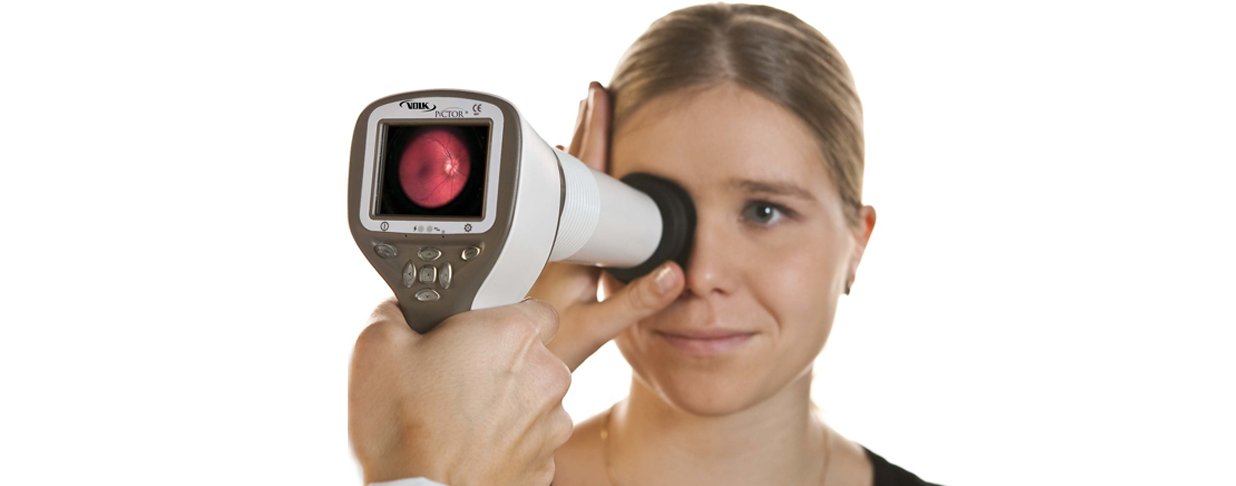We sat down with our Medical Directors, Dr. Lahr and Dr. Neighbors, to get the scoop on an exciting new presbyopia treatment—here's what they had to say.
"Wouldn’t it be great if there were an eye drop to eliminate the need for reading glasses?”
Well, the FDA has just approved the second drop for correction of presbyopia. Qlosi (Orasis Pharmaceutical) will be commercially available in early 2024.
In October 2021, Vuity (AbbVie-Allergan) received FDA approval to correct presbyopia.
How do the drops eliminate the need for reading glasses or progressives?
The mechanism of action for both drops is to create really small pupils. This creates a “depth of focus” that improves intermediate and near vision (the squinting factor).
Does it work for everyone?
No. Early presbyopes (40 yo-50 yo) are those that will benefit. The younger the age the better the results. Over 55 has minimal improvement.
How much does it cost and is it covered by health or vision insurance?
We don’t know the cost of Qlosi yet. However, Vuity drops are $80 for a monthly bottle that is assumed to be used twice daily. At this time, there is minimal to no coverage for this elective method to correct a refractive condition.
Are there any negative side effects or contraindications?
As with any drug, there are reported side effects, which can include sweating, brow ache and irritation upon installation of the drop. But the major reported concern is using the drops late in the day which can make driving in dim or dark conditions challenging. To understand how users have reviewed the drop, check out WebMD reviews.
Are there any other upcoming treatments for presbyopia?
There are several drops in FDA trials with most using the same mechanism of action as the two that have been approved. In contrast, there is a drop in FDA trials that allows the lens of the eye to regain flexibility. Another treatment that can be combined with cataract surgery is a “premium” intraocular lens (IOL) that is designed with optics to allow good vision at distance, intermediate and near.
Meet the experts: Medical Directors, Drs. Lahr and Neighbors
Dr. John Lahr, O.D., FAAO
Dr. Andrew Neighbors, O.D.
For more information, reach out to your EyeMed representative or visit eyemed.com.






